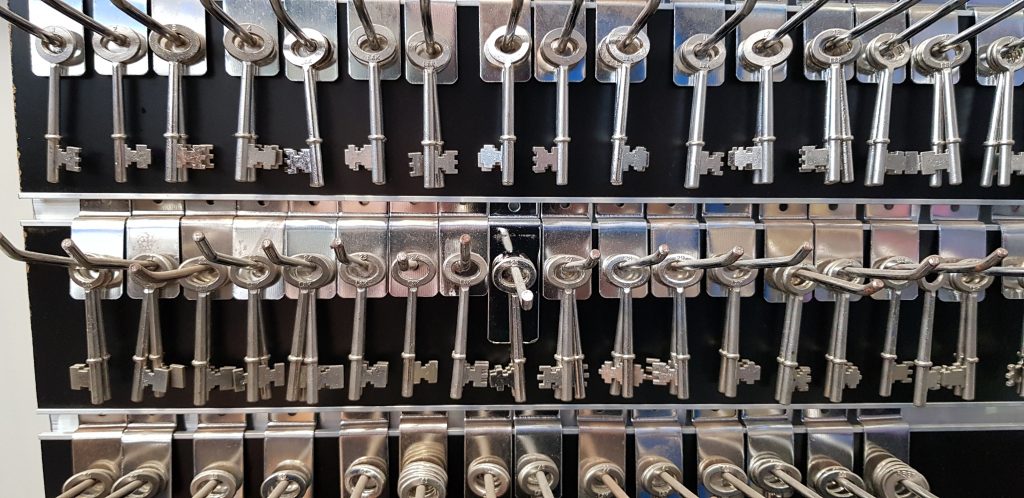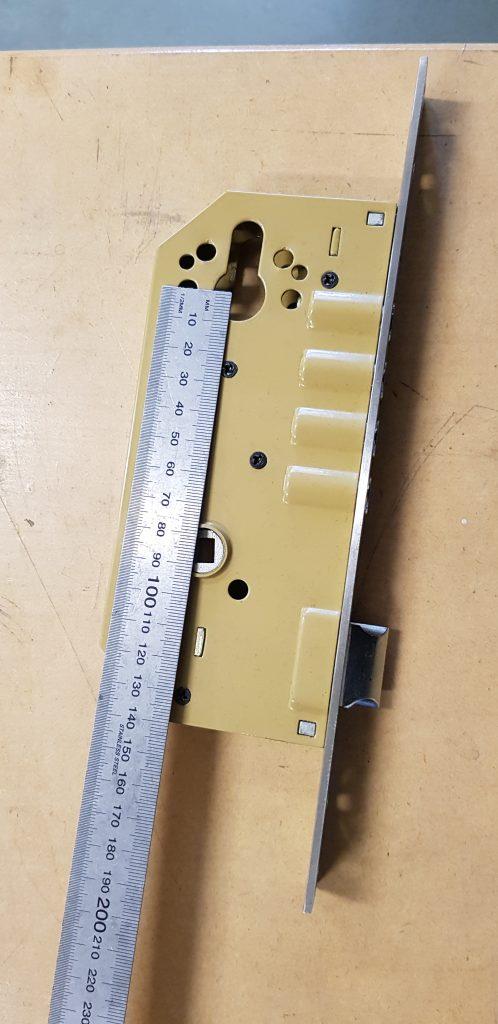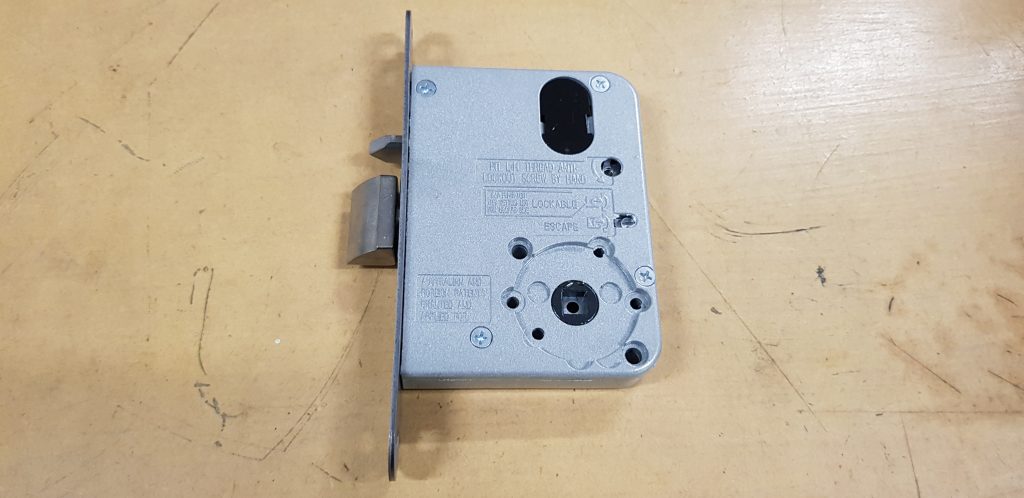You’ve probably already noticed by now, but there are many different types of locks on the market. One of them which you’ve probably come across is called a ‘mortice lock’. Mortice locks come in various styles and types and for that reason, we’ll be going over the different types of mortise locks and when to use each one.
Firstly, what is a mortice lock?
A mortice lock is a special type of lock that is morticed, or cut into the edge of the door. This is where it gets its name from. Unlike a rim mounted lock, mortice locks can quite often appear much more appealing due to their locking hardware remaining almost entirely out of view.
Domestic, old-fashioned mortice locks
These types of mortice locks are still available today and are generally accessed by an old-fashioned style of key. Another common name for this style of lock and key is a ‘skeleton key’ or a ‘jailers key’. For the majority of these locks, they provide a relatively low level of security. Having as little as 10-15 different locking combinations and just one lever inside the lock, they’re definitely not the most secure locks on the market.
Generally speaking, these older types of mortice locks cannot be rekeyed. Most people will just replace the actual lock or install a modern lock just above it. This would help to improve your home’s security without wasting money on a low-quality locking mechanism. You can see an example of the ‘skeleton key’ below.

Euro-style domestic mortice lock
 The euro-style domestic mortice locks are quite common in the domestic market. As the name suggests, they are originally from Europe and contain a specialised cylinder which is known as a euro-style fixed cam cylinder. These types of mortice locks come in various backsets and face plate sizes. You can also use many different styles of handles with these locks – keep in mind though, it’s important to choose handles with the same pitch size (distance between the spindle hole and the centre of the keyway – see picture below)
The euro-style domestic mortice locks are quite common in the domestic market. As the name suggests, they are originally from Europe and contain a specialised cylinder which is known as a euro-style fixed cam cylinder. These types of mortice locks come in various backsets and face plate sizes. You can also use many different styles of handles with these locks – keep in mind though, it’s important to choose handles with the same pitch size (distance between the spindle hole and the centre of the keyway – see picture below)
The most common pitch size is 85mm. When it comes to the positives with these types of locks, they generally have a double-through mechanism which essentially means that you can turn the key twice when locking the door. This will move the bolt twice as far as normal which provides better security for your home. With most of these types of mortice locks, you can get cylinders that can be keyed alike to your existing keys (this means less keys on your key chains for added convenience).
And the downside?
The biggest negative surrounding these locks is that if someone leaves a key in the inside of the lock whilst the lock is engaged, no one from outside will be able to open it with a key. This could potentially result in you locking yourself out of your own home! However, you can find specialised cylinders that will override this function, but a request would have to be made with your local locksmith to ensure they have the parts and experience.
60mm backset Lockwood 3572sc primary lock body
This is by far the most common mortice lock in the commercial market. Lockwood are manufactures that create similar appearance mortice locks which can be retrofitted onto other mortice locks. This type of lock is referred as a primary lock body as they can be setup with various functions and applications. For example, the most common application is egress functionality. This is very popular in schools and fire exit doors where the need to have a lever action to exit is required in case of fires.
The 60mm backset Lockwood 3572sc primary lock body is tested to withstand high use and is also certified for use in commercial buildings as well as schools. It’s always recommended to use this type of lock with a fire rated and commercial leverset which can be easily changed to suit almost any commercial function.

To learn more about Mortise Locks, feel free to read this segment from the following Google Book.
If you’d like to speak with one of our professional Master Locksmiths regarding your mortice locks, please call us today on 1800 348 378. You may also leave us an enquiry HERE.



